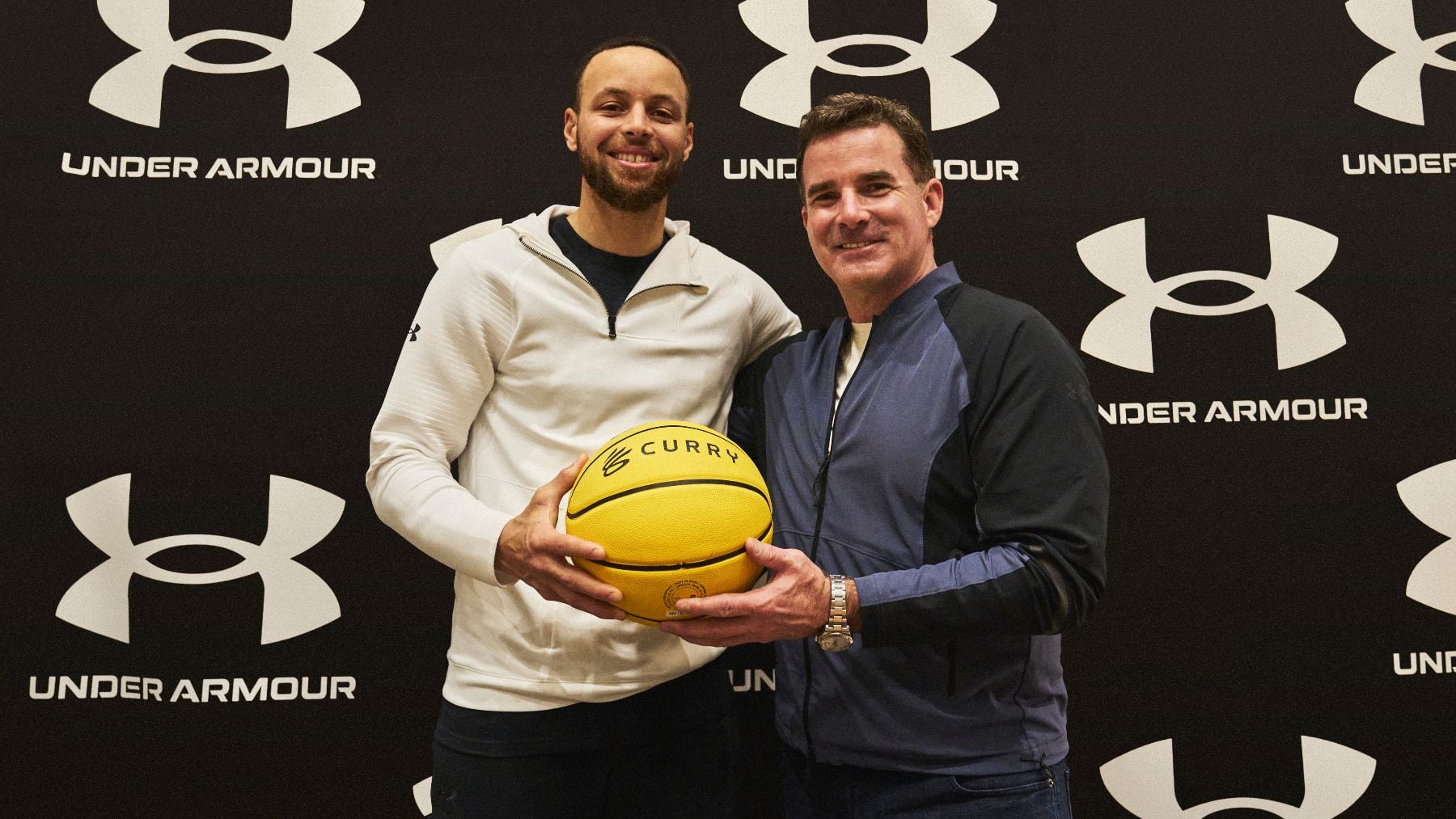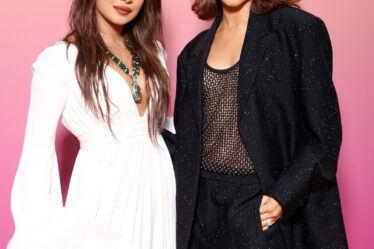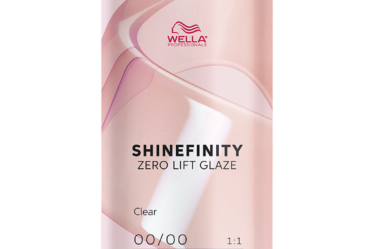
Last week, in a move that blindsided investors, analysts and industry observers alike, Under Armour announced the return of its controversial founder, Kevin Plank, as chief executive.
Current CEO Stephanie Linnartz was only one year into a three-year turnaround strategy that she announced when she stepped into the role in February 2023 — a plan that promised a return to growth in 2025 by emphasising more fashion-driven products, including an expanded sneaker offering.
Plank’s return was all the more puzzling because the final years of his prior tenure were mired in scandal. In 2018, the company faced scrutiny into its toxic workplace culture after a report surfaced alleging a longstanding company tradition of visiting strip clubs on the corporate card, a practice that Plank himself had taken part in. The following year, Under Armour faced an SEC investigation over charges that the company misled investors in financial reports (the company later paid $9 million to settle the action). Plank, who had led the brand since its founding in 1996, stepped aside in 2019.
In other ways, the move was less surprising. Plank has remained heavily involved at Under Armour as executive chairman. He likely contributed to Linnartz’ strategy for boosting sales and profitability, analysts say, meaning there likely won’t be a significant departure from the current plan despite the C-suite dramatics.
Rather, Plank had grown impatient as the company’s sales and profit continued to fall, observers said. For years, the sportswear chain struggled to woo consumers in an increasingly competitive market. The brand missed the boat on streetwear, which helped turbocharge growth at rivals Nike and Adidas. More recently, it has been late to catch on to the sportstyle trend, in which technical brands like Hoka, Salomon and Merrell have become coveted fashion collaborators, offering trendy adaptations of trail running and hiking footwear.
Under Armour reported revenue of $1.5 billion in its most recent quarter ending December 31, a 6 percent decline from the same period the year before. Revenue in North America was down 12 percent year-on-year, while profits fell to $114 million, down from $122 million.
Investors did not welcome the news of Plank’s return. Shares fell 12 percent following the announcement and have not recovered.
Despite its current struggles, Under Armour remains one of the world’s largest sportswear businesses, with projected revenue of around $5.7 billion for the year ending May 2024. If Plank can execute on product and merchandising, and finally reconnect with younger, fashion-forward consumers, then the retailer can feasibly hit its long-term growth targets.
“The sheer fact that Under Armour generates so much revenue shows that customers do want the product,” said BMO analyst Simeon Siegel.
Why did Plank take back the CEO role?
Under Armour declined to comment on Plank’s appointment, but analysts speculate that he never truly left in the first place. Plank simply grew frustrated with the slow pace of the brand’s recovery and took control once again. This was relatively easy, given that he owns 65 percent of Under Armour’s voting shares.
He also has a track record when it comes to losing patience with CEOs: Patrick Frisk, who succeeded him in 2020, lasted just two years before he appointed Linnartz to the role.
“It’s not the first time this has happened,” said sportswear analyst Matt Powell. “It’s very hard for a founder who has created great product and is still involved with the brand to fully step back.”
What’s Plank’s Plan?
It’s probably pretty similar to Linnartz’s, whose turnaround strategy hinges on three pillars: driving “global brand heat” through performance-inspired clothing; improving products with a focus on sneakers and womenswear; and improving US sales. She assembled a team with new key executives in design, supply chain and regional management.
While Linnartz may have run out of time, the infrastructure she set up remains in place. A core strand of her vision was for the brand to finally branch out from performance and lean into the sportstyle trend. She tapped designer Yassine Saidi, who previously led Puma’s sportstyle sneakers and collaborations division, as chief product officer. Menswear designer John Varvatos was named chief design officer.
One important tactic to upping its fashion game is to diminish the Under Armour brand itself. In a recent earnings call, Linnartz said the company has been reducing the size and prominence of its logo on the Forge sneaker and other styles.
The brand is also betting big on a line of sneakers that can be worn for both competitive sport and casual use, called Futr X, according to Kyle Blakley, Under Armour’s head of innovation. Later this year, Under Armour will relaunch its retro “Apparation” sneaker, one of its original running sneakers from the aughts, as a lifestyle shoe, updating it with the brand’s lightweight “HOVR” cushioning technology.
“Our main priority now is footwear,” Blakley told BoF in an interview last month. “The consumer today wants to see and feel the performance technology in their sneakers.”
Why has Under Armour struggled for so long?
The brand’s current position in the market is a far cry from its heyday just a decade ago, when it seemed to have the potential to become the next Nike. Its stock reached an all-time high of $51 in 2015. Today, its shares trade around $7.
Its biggest misstep, according to Powell, was ignoring the streetwear boom that transformed the entire fashion industry and fueled the growth of Nike and Adidas’ lifestyle businesses over the last decade.
Instead, Under Armour steadfastly remained a sports apparel maker, focusing on performance-driven pieces and missing market share in athleisure.
The brand still has a large footwear business — sales accounted for $1.5 billion in its 2023 fiscal year, or around 25 percent of overall revenue — though the bulk is made up of sport-specific options like American football cleats, baseball footwear and golf shoes. Its basketball sneaker-focussed Curry Brand, run jointly with NBA All-Star Stephen Curry, is estimated to account for as much as $250 million in annual sales, according to Cowen.
But repeat demand for such footwear is far lower than for items such as running sneakers, which consumers wear for multiple purposes in their daily lives, from going to the gym or office to various social occasions. It’s this category that any sportswear brand should prioritise to accelerate growth, experts say.
What are other opportunities for growth?
One consequence of Under Armour’s absence in streetwear and athleisure was losing the young adult consumer, analysts said. Under Armour remains a popular brand for young children and shoppers aged 35 and over, but needs to focus on capturing shoppers in between those two age brackets, according to Powell.
One way to reach this audience is through athlete ambassadors. Throughout the 2010s, Under Armour signed an elite roster of sporting talent, including football star Tom Brady and Olympic gold medalist Michael Phelps. But this collective, now in their late 30s and 40s, did little to help the brand connect with younger millennial or Gen-Z consumers, nor did it help to dispel the notion of Under Armour as a male-focused business, another pain point in its customer mix.
But the company has made recent progress in broadening its reach. The Curry Brand, for instance, has helped Under Armour court younger and more diverse audiences by recruiting new talent — diversifying its appeal beyond Curry himself, who is reaching the latter years of his career. In October, 26-year-old rising NBA talent De’Aaron Fox was named Curry Brand’s first athlete ambassador, while last week WNBA prospect MiLaysia Fulwiley became the brand’s first college athlete, signed to help grow the brand across women’s basketball.
Under Armour also sees opportunity in in niche but fast-growing sports where its rivals have little to no presence. In August, the brand tapped Mexican flag football athlete and social media sensation Diana Flores as a brand ambassador, ahead of the sport’s introduction as an Olympic competition in Los Angeles in 2028.
This is exactly the blend of sports-culture marketing that can convince shoppers to buy products, experts say. It’s also proof that Under Armour isn’t completely lost.
“This combination of talent, new product and marketing messaging is exactly the recipe we are chasing for reaching our target consumer,” said Sean Eggert, Under Armour’s senior vice president of global sports marketing.



